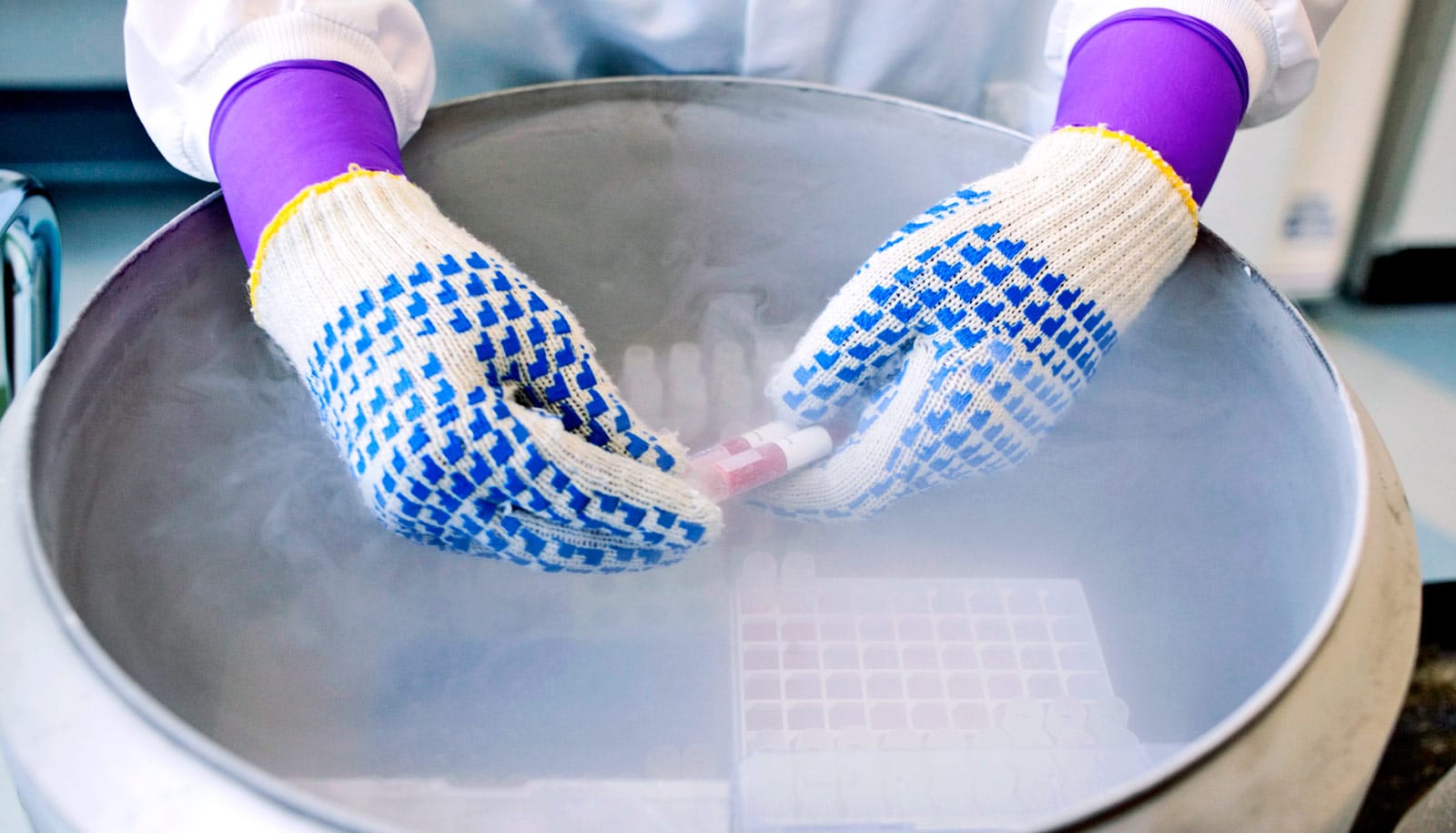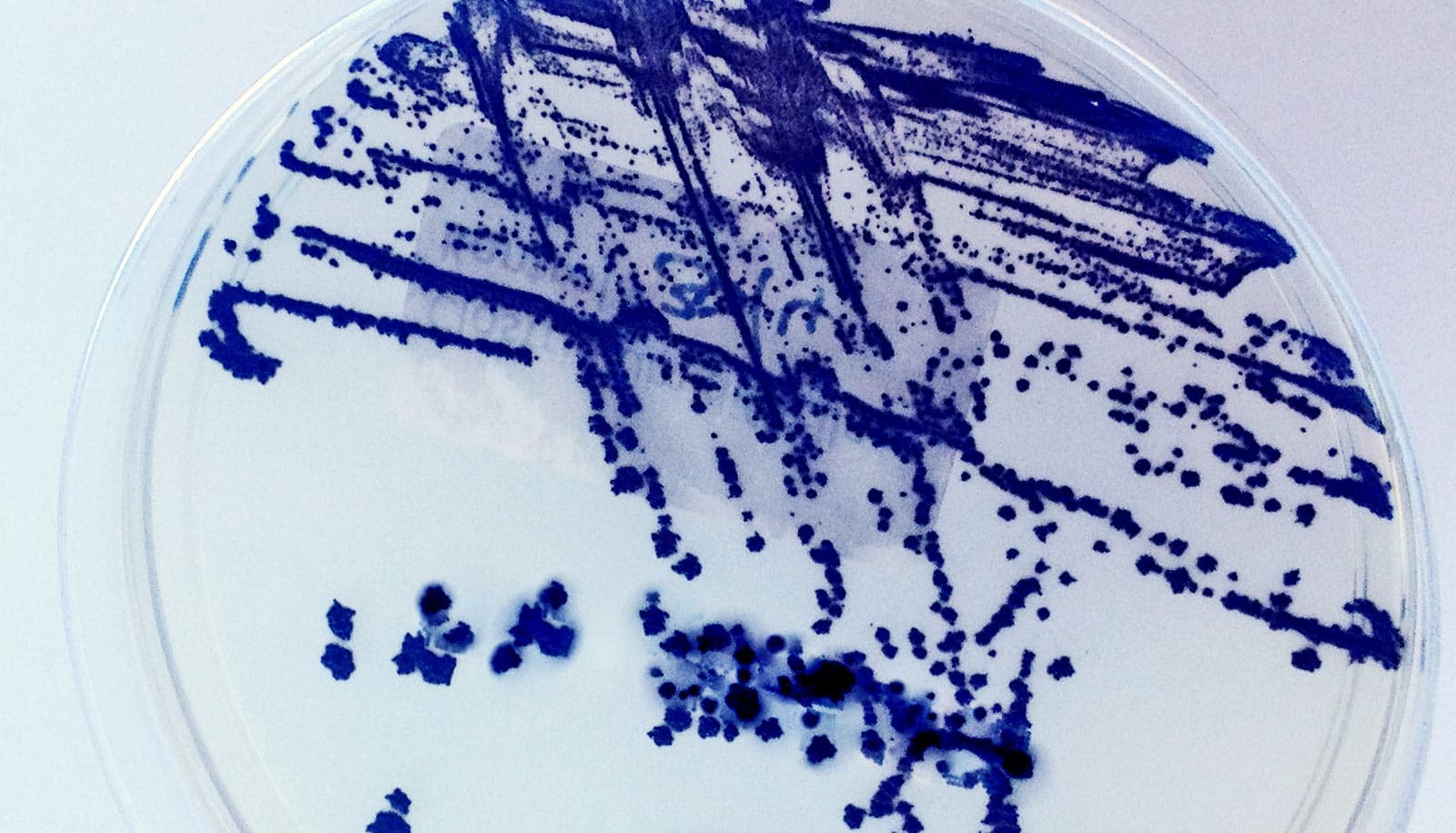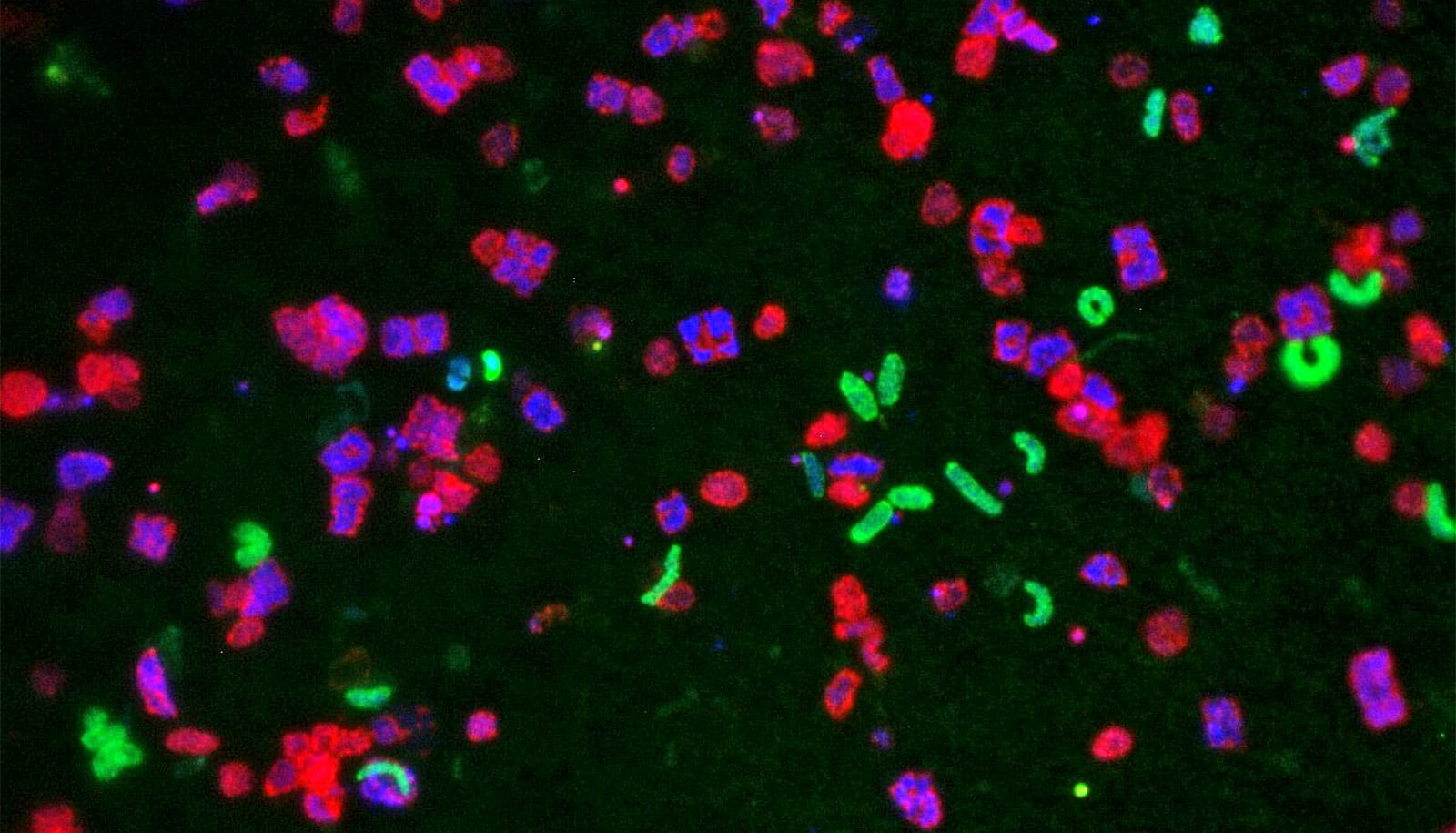The way fish survive in some of the coldest regions on Earth has inspired a new way to “freeze” bacteria.
Researchers found that adding synthetic reproductions of the natural antifreeze proteins slows ice crystal growth and stops them from destroying the bacteria cells.
This method of cryopreservation has potential applications within the food industry, organ transportation, and medicine, as well as in laboratory research.
Bacteria are involved in a vast range of processes including food technology (e.g., in yogurt and probiotics), pharmaceutical manufacturing (e.g., insulin), and enzyme production (e.g., for laundry detergent) and research labs routinely use them to study infection and the fundamentals of living processes.
“Our bio-inspired solutions, which we have also used for mammalian cell storage, provide a new platform to hopefully improve the availability and quality of bacteria, but with an easy-to-use approach which does not involve researchers or industries significantly adjusting their laboratory procedures,” says study leader Matthew Gibson of the University of Warwick chemistry department and Warwick Medical School.
Water gets weird at extreme pressures and temperatures
The traditional approach to preserve bacteria used in nearly every laboratory worldwide is to add glycerol to the bacteria to reduce cold-induced damage during freezing. However, not all the bacteria recover after thawing and the glycerol needs to be removed from the bacteria to enable their growth and usefulness.
The group has a particular interest in polar fish species that produce antifreeze proteins. The research team has demonstrated that synthetic polymers that mimic the protein from these fish are effective in doing the same job.
By combining two polymers to slow ice growth during cryopreservation, the researchers were able to recover more bacteria after freezing than using conventional methods. They also used less total additives, in some cases using just 1 percent of weight (compared to 20 percent typically used in traditional methods).
The team believes this will transform the cryopreservation of microorganisms and will build on their previous research into storing human cells.
The research appears in the journal Biomacromolecules.
Source: University of Warwick



